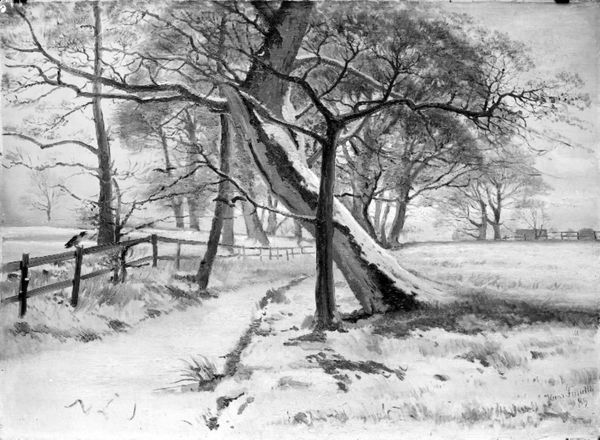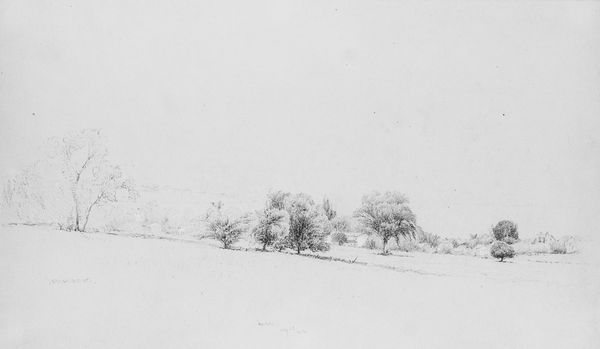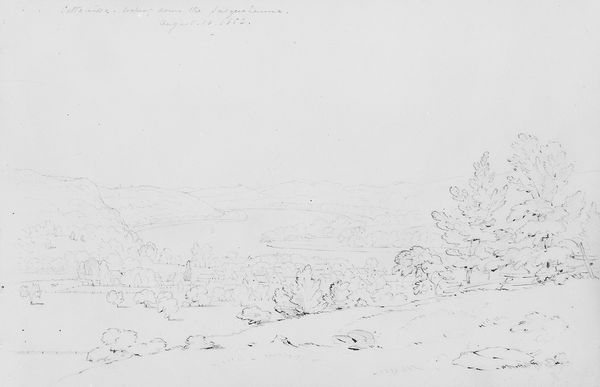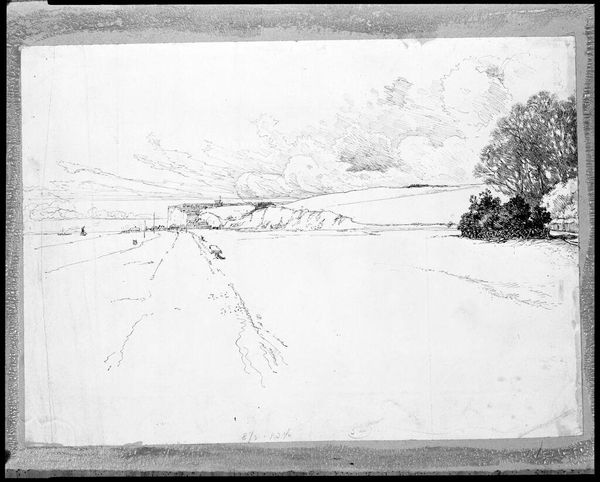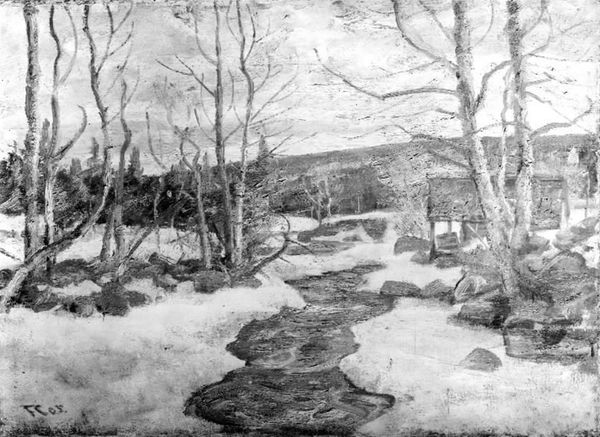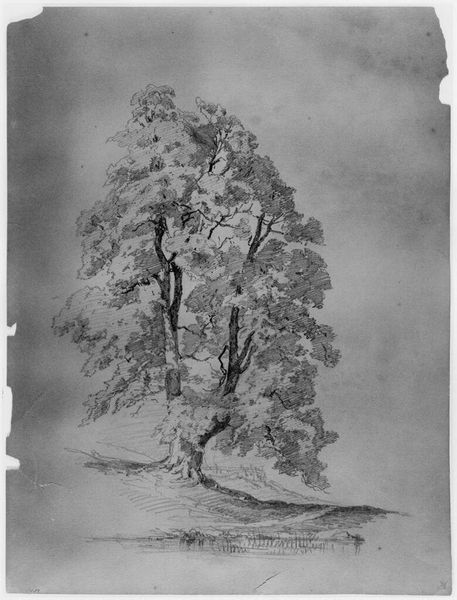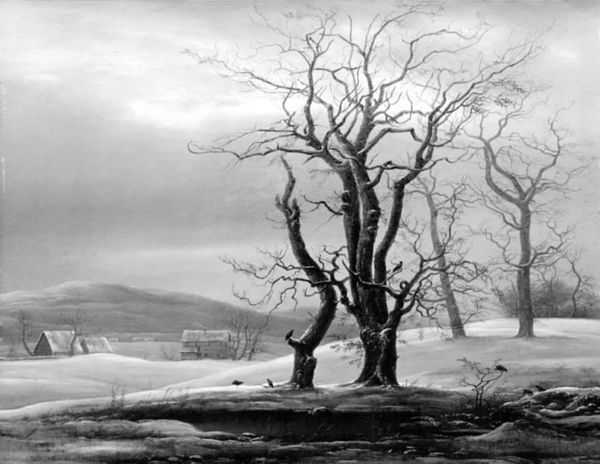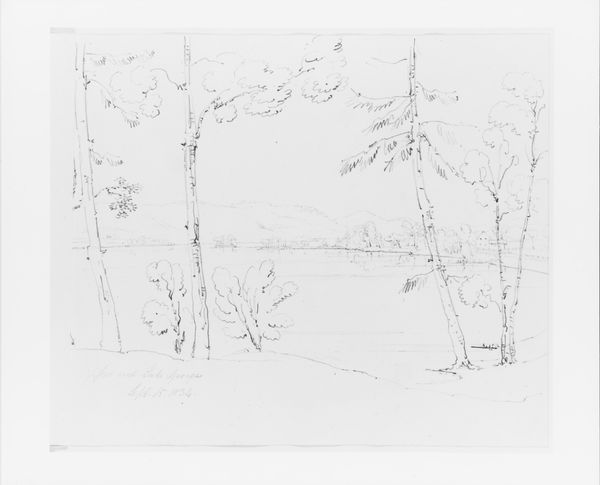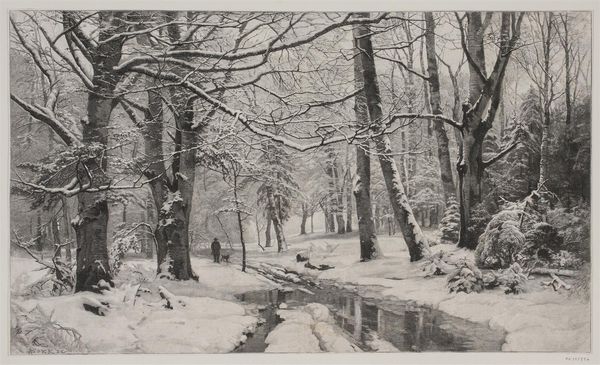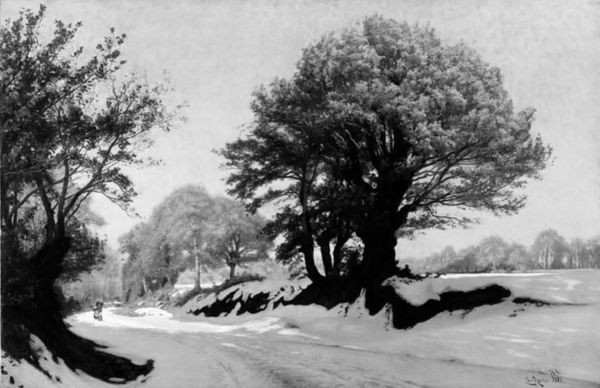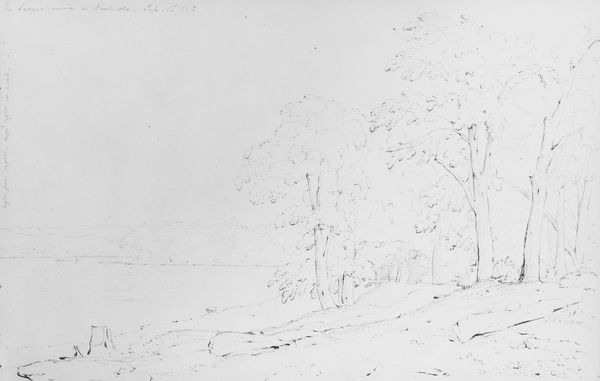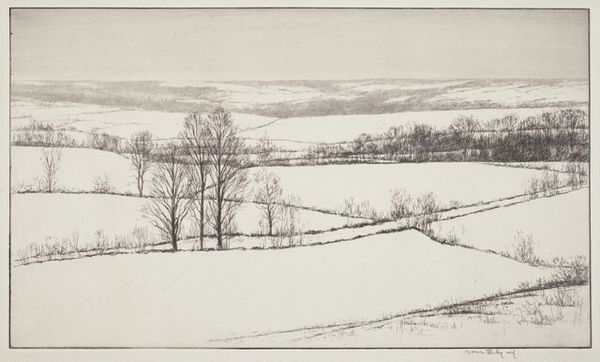
Copyright: CC0 1.0
Editor: This is Kerr Eby's "A Connecticut Valley," and I'm struck by how the landscape, though quiet and snow-covered, seems to reveal a history of human presence through subtle traces. What stands out to you in this print? Curator: It’s interesting you mention the human presence. Eby created this during the interwar period, a time of great social and political change. How does the landscape itself reflect or resist those changes in your view? Editor: I guess I see how the small details, like the distant buildings and the faint paths in the snow, tell a story of people shaping the land. It makes you wonder about their lives and how they interacted with this environment. Curator: Exactly! And Eby's choice of printmaking, a medium accessible to a wider audience, further democratizes the representation of this landscape. It moves away from the idealized, romantic paintings of earlier periods. Editor: That's a great point. So, it’s not just a pretty picture; it reflects a changing society too. Curator: Precisely. The image also subtly challenges elitist views of art by depicting ordinary, everyday scenes in a way that encourages viewers to contemplate the intersection between social change and natural beauty. Editor: I see, so it's more than just a landscape. Thanks, that gives me a lot to think about. Curator: My pleasure; I am glad to bring this perspective.
Comments
No comments
Be the first to comment and join the conversation on the ultimate creative platform.
